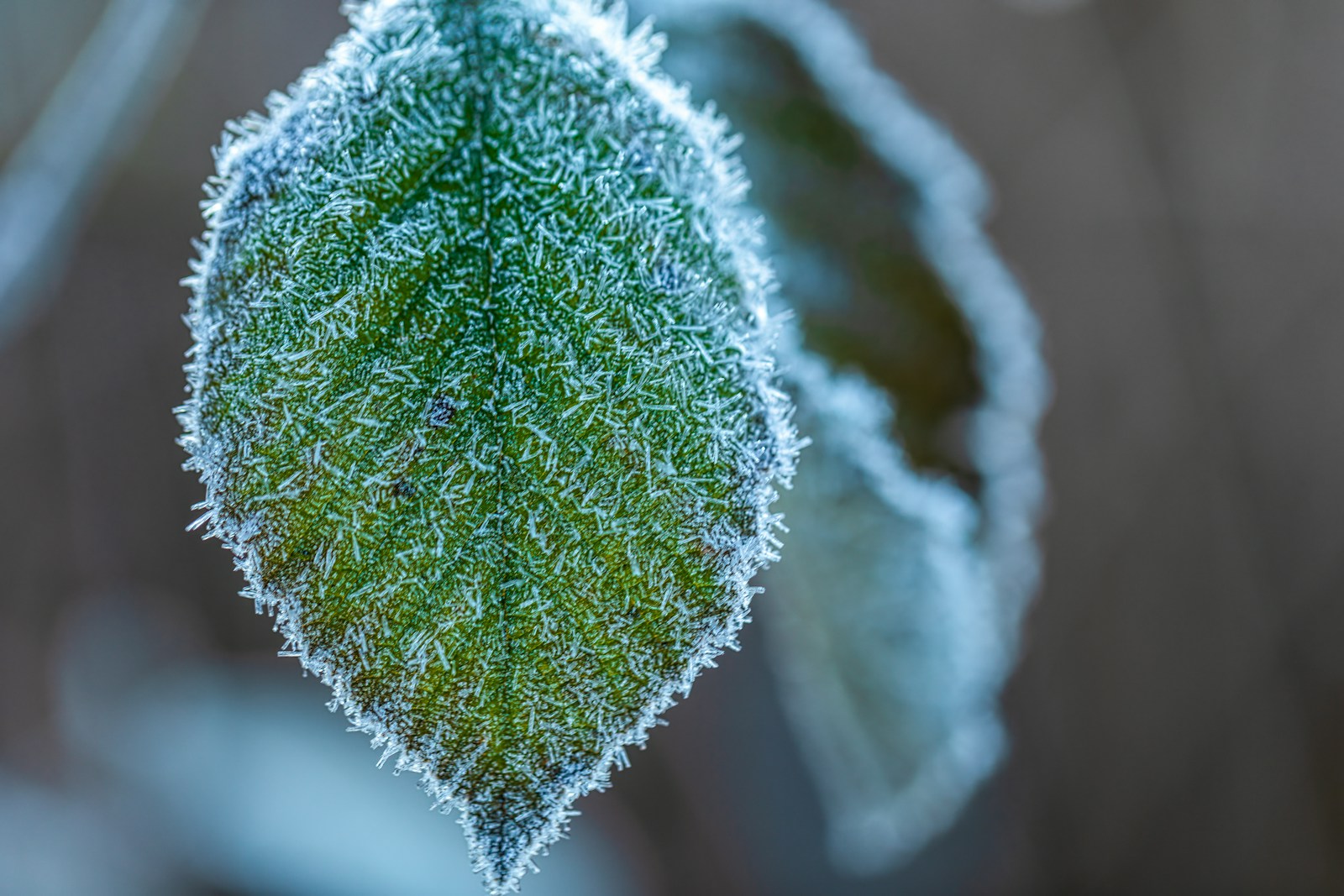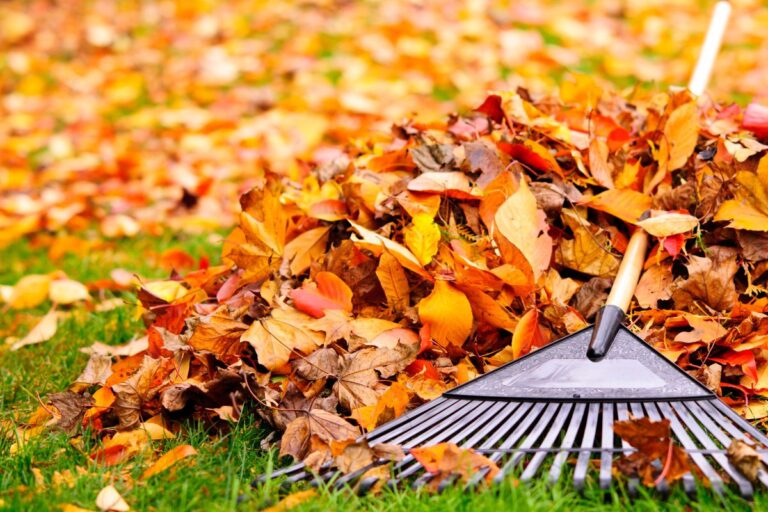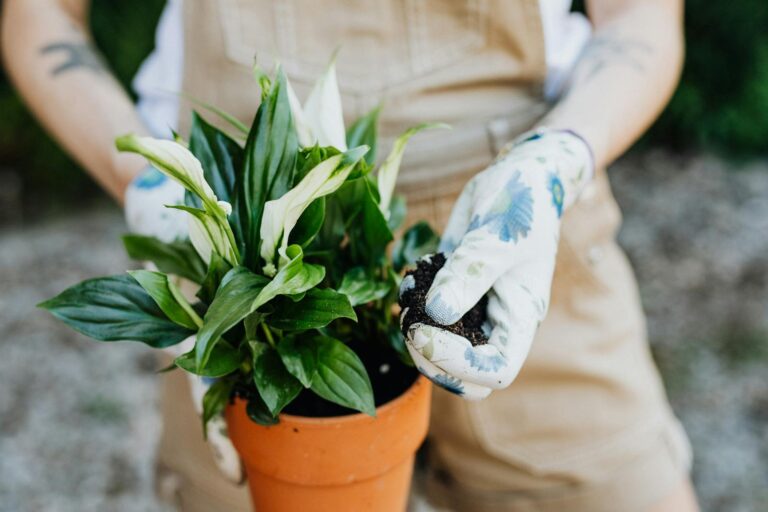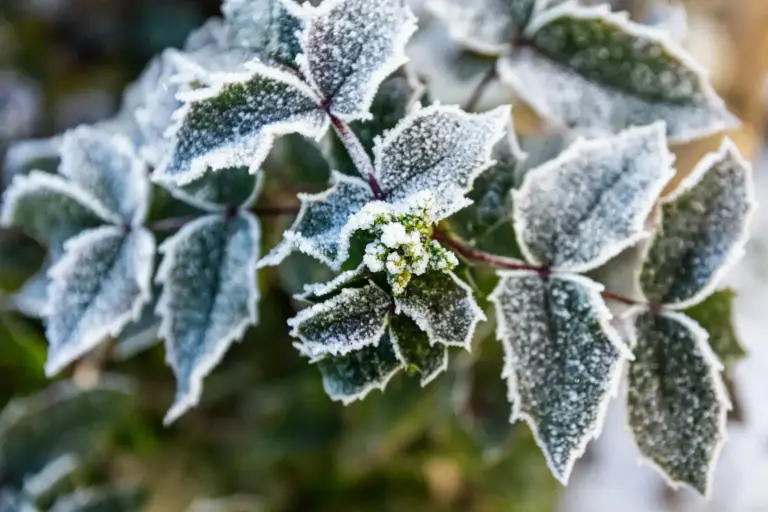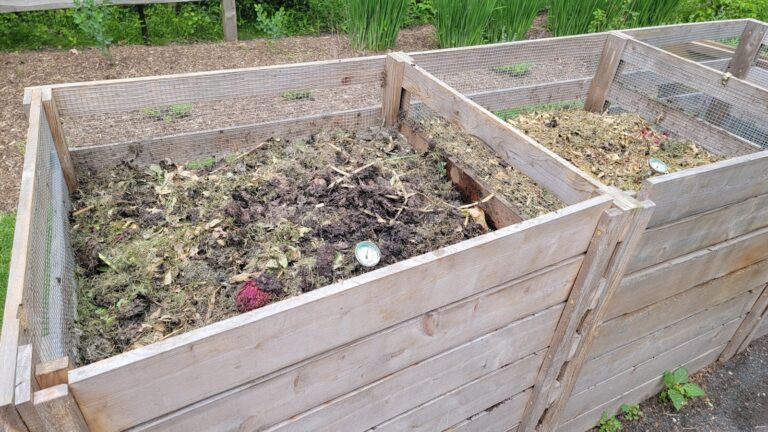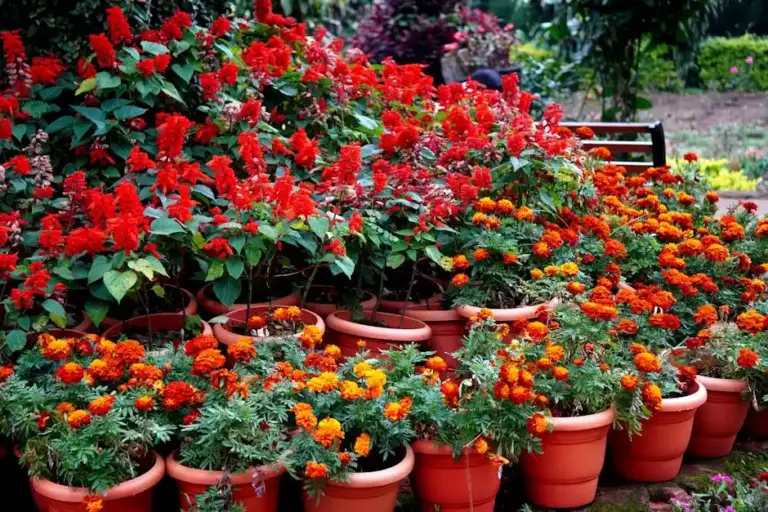How to Protect Your Plants from Frost Damage
Frost can sneak up quickly, especially during the colder months, and it can cause serious harm to your plants. Knowing how to protect your plants from frost damage helps ensure they stay healthy and survive through chilly nights.
The key to safeguarding your garden from frost is taking timely and appropriate measures to shield your plants before temperatures drop. With some simple precautions, you can prevent frost from ruining your hard work and keep your plants thriving.
Use frost blankets made from UV-resistant polypropylene fabric
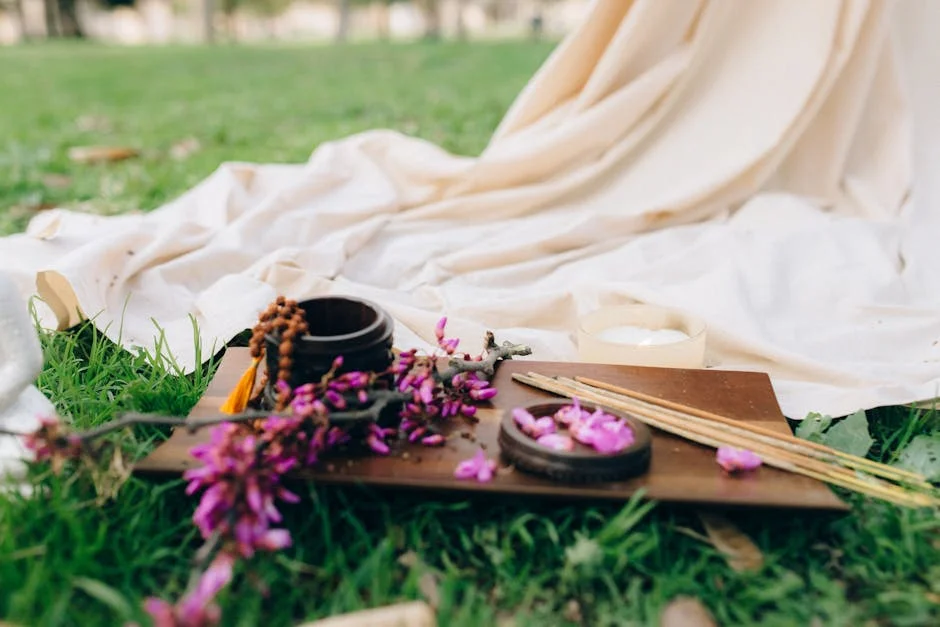
You can protect your plants by covering them with frost blankets made from UV-resistant polypropylene fabric. This material is lightweight and breathable, allowing air, light, and moisture to pass through while keeping your plants warmer.
Because it resists UV damage, your frost blanket will last longer through multiple seasons. It also dries quickly, so it won’t get heavy and damage your plants during wet weather.
Using these blankets is an easy way to create a small warmer microclimate around your plants. Just drape the fabric over your plants before frost hits, and secure the edges to keep cold air out.
Cover plants with natural burlap sheets
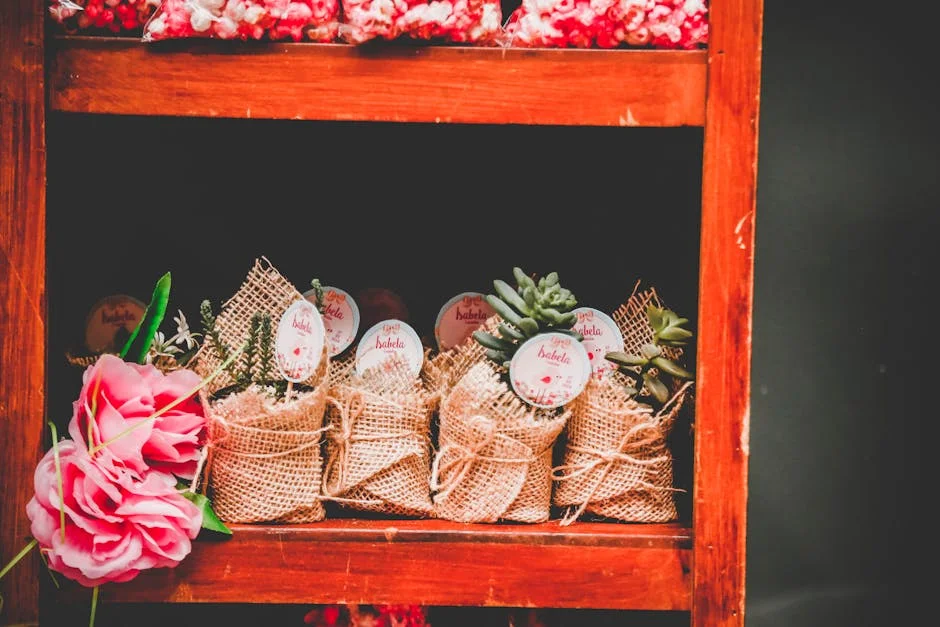
You can protect your plants from frost damage by covering them with natural burlap sheets. Burlap is breathable, allowing air and moisture to pass through while shielding plants from cold temperatures.
Simply wrap the burlap around the plant or create a loose tent over it. Make sure to secure the edges to prevent wind from blowing it away.
Burlap works well because it offers insulation without trapping too much moisture, which can lead to mold or rot. It’s an eco-friendly option that biodegrades over time, making it a sustainable choice for your garden.
Set up lightweight, sturdy frost tents

You can use lightweight tents made from durable materials to protect your plants from frost. These tents create a barrier that keeps cold air and snow away while allowing some air circulation.
Make sure the tents are sturdy enough to withstand wind but not so heavy that they damage your plants. Set them up carefully to avoid crushing stems or leaves.
Frost tents work well for garden beds and small shrubs. You can remove them during the day when temperatures rise, then cover your plants again before nightfall to keep them safe.
Move potted plants indoors or to a sheltered spot

When frost is expected, move your potted plants indoors if possible. A garage, porch, or shed can offer a frost-free space that still has good ventilation.
If indoor space is limited, place pots close to your house wall or under eaves. Grouping plants together helps protect them by sharing warmth and reducing exposure to cold winds.
Wrapping pots with blankets or bubble wrap adds extra insulation. Remember to water plants before frost to keep their roots hydrated and better able to resist cold damage.
Water plants thoroughly before frost hits
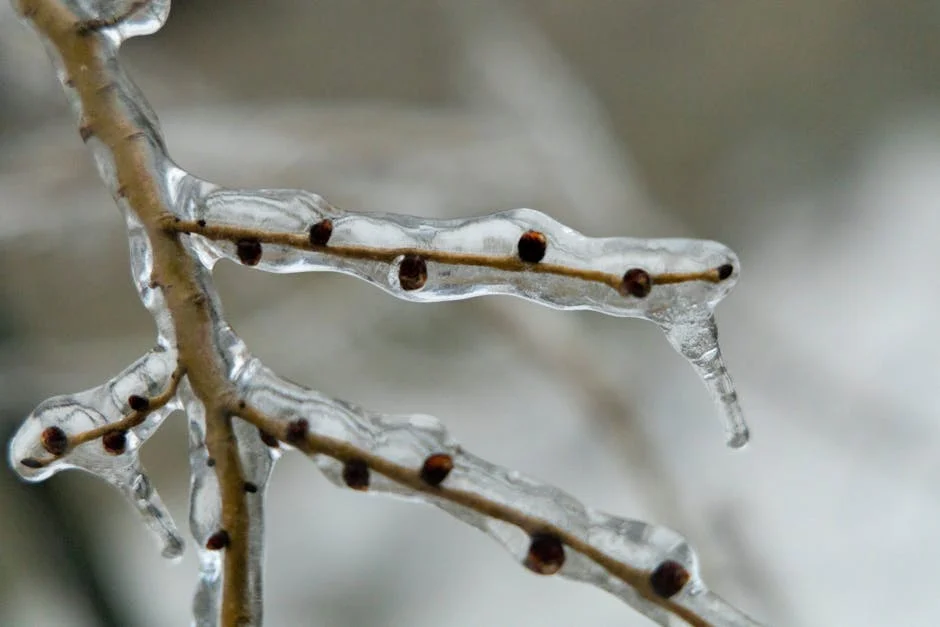
You should water your plants about a day before frost is expected. Moist soil holds heat better than dry soil, helping keep roots warmer.
When water in the soil freezes, it releases a small amount of heat. This heat can help protect plant cells from cold injury.
Be sure to soak the soil deeply. This helps the warmth reach the roots and provides insulation against freezing temperatures.
Avoid watering plants during or after frost, as this can cause more harm than good. Planning ahead with thorough watering is key.
Place mulch around the base of plants for insulation
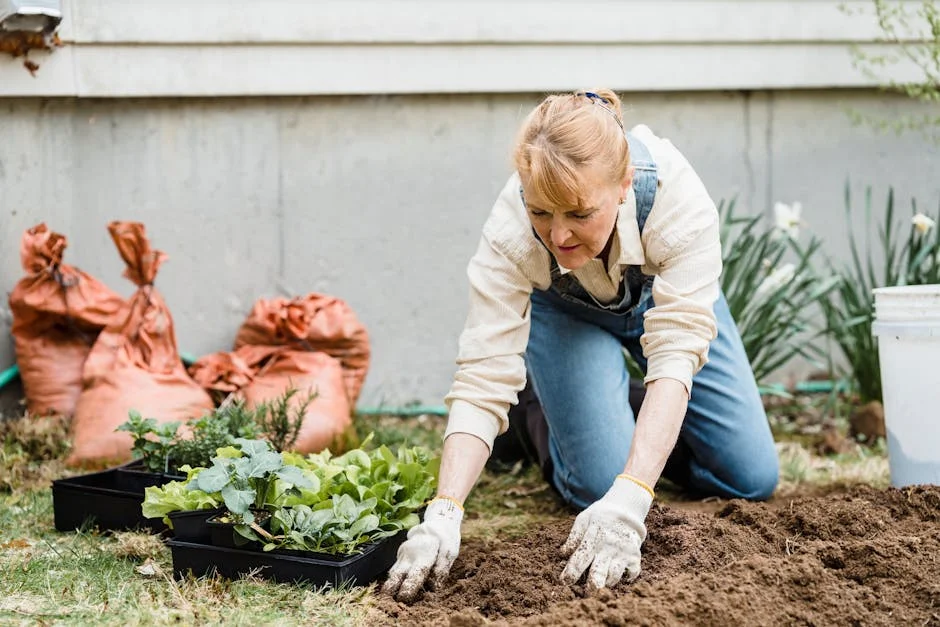
You can protect your plants from frost by placing a thick layer of mulch around their base. Mulch acts as an insulating barrier, helping to keep the soil warmer during cold nights.
Use organic materials like straw, shredded leaves, pine needles, or wood chips. These create air pockets that improve insulation and protect roots from freeze damage.
Apply a 2- to 4-inch layer around perennials, shrubs, and young trees. This helps prevent frost heaving, which can push plants out of the ground and harm their roots.
Remember to remove excess mulch in the morning for delicate plants so they can get sunlight. Mulching is an easy step to support your plants through cold weather.
Use cloches made from plastic or glass to trap heat

You can protect your plants from frost by placing cloches made of plastic or glass over them. These covers create a mini greenhouse effect that traps heat and moisture, keeping the air around your plants warmer during cold nights.
Cloches are usually small and easy to move. You simply place them over seedlings or delicate plants before frost is expected. Make sure to remove them during the day to allow airflow and prevent overheating.
Using a cloche helps create a stable microenvironment that can increase your plants’ chances of surviving chilly weather. It’s a simple tool that makes a big difference when frost threatens your garden.
Bring tender plants into a greenhouse or cold frame

If you have sensitive plants, moving them into a greenhouse or cold frame is a smart way to shield them from frost. These structures trap warmth and create a milder environment that protects your plants from freezing temperatures.
A cold frame works like a small greenhouse, letting in sunlight while sheltering your plants from cold air. This can extend your growing season and keep tender plants healthy during sudden cold snaps.
You can also add insulation inside these structures, such as fleece or mulch, for extra protection when frost is expected. This simple step can make a big difference in keeping your garden safe.
Install outdoor string lights to provide gentle warmth

You can use outdoor string lights to help protect your plants from frost. Incandescent or battery-powered miniature lights emit a small amount of heat that can gently raise the temperature around your plants. This warmth helps reduce the risk of frost damage during cold nights.
Hang the lights carefully around the most vulnerable plants. Make sure they stay dry and do not touch the foliage directly to avoid any safety risks. The heat from the lights creates a cozy microclimate, shielding your plants from freezing air.
This is a simple way to help your garden stay safe without heavy coverings. Just check the lights regularly and replace any bulbs that go out to keep the warmth steady.
Cover vegetables with garden fleece on cold nights
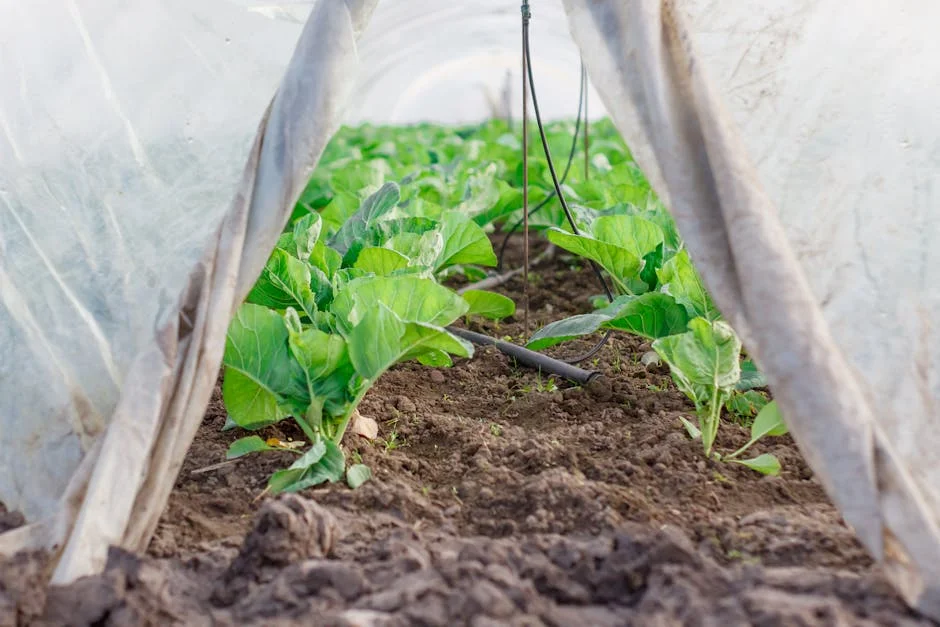
You can protect your vegetables from frost by covering them with garden fleece. This lightweight fabric acts like a blanket, trapping heat close to the plants and preventing frost from settling.
Make sure to cover your plants before temperatures drop at night. Secure the fleece well so it doesn’t blow away, but avoid crushing the plants underneath.
Garden fleece lets air and moisture through, so your vegetables can still breathe and won’t become too wet. Use it on cold nights or during unexpected freezes to reduce frost damage.

